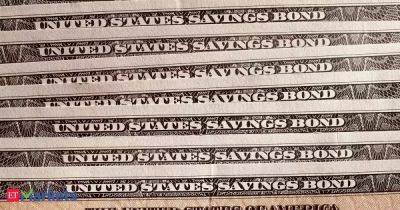India rupee falls on month-end dollar demand, higher U.S. yields
rupee fell on Tuesday because of month-end dollar demand, and as U.S. Treasury yields gained on renewed bets that interest rates in the U.S.
will be kept higher for longer.
The rupee ended at 83.23 against the U.S. dollar compared with 83.1450 in the previous session.
Most Asian currencies fell, with the Korean won and Indonesian rupiah leading losses.
U.S.
10-year Treasury yield jumped to the highest since October 2007 in Asia trade and was last quoted at 4.51%.
The dollar index climbed to a fresh year-to-date high of 106.20 during Asia hours, but was last quoted little changed at 105.97.
The U.S. Federal Reserve may need to raise rates further given the resilience of the economy, Minneapolis Federal Reserve Bank President Neel Kashkari said on Monday.
A further rate increase could hurt emerging market currencies like the rupee by shrinking the interest rate differential with the U.S.
On Tuesday, equity outflows also added to the pressure on the rupee, a foreign exchange trader at a state-run bank said.
India's benchmark equity indices, the BSE Sensex and Nifty 50, fell 0.12% and 0.05%, respectively.
Foreign investors have sold $1.3 billion of Indian equities this month, poised to snap a 6-month buying streak.
The rupee will continue trading «sideways with a bearish bias», Dilip Parmar, a foreign exchange research analyst at HDFC Securities, said.
«But if equity inflows don't return next month, then it could be a problem.»
Investors await U.S.
second-quarter GDP data and core personal consumption expenditure inflation numbers due later this week for further cues on how the Fed will act on policy.
Also, FTSE Russell's decision on whether it includes Indian bonds on its index is expected on Sept. 28.
If included, India
























